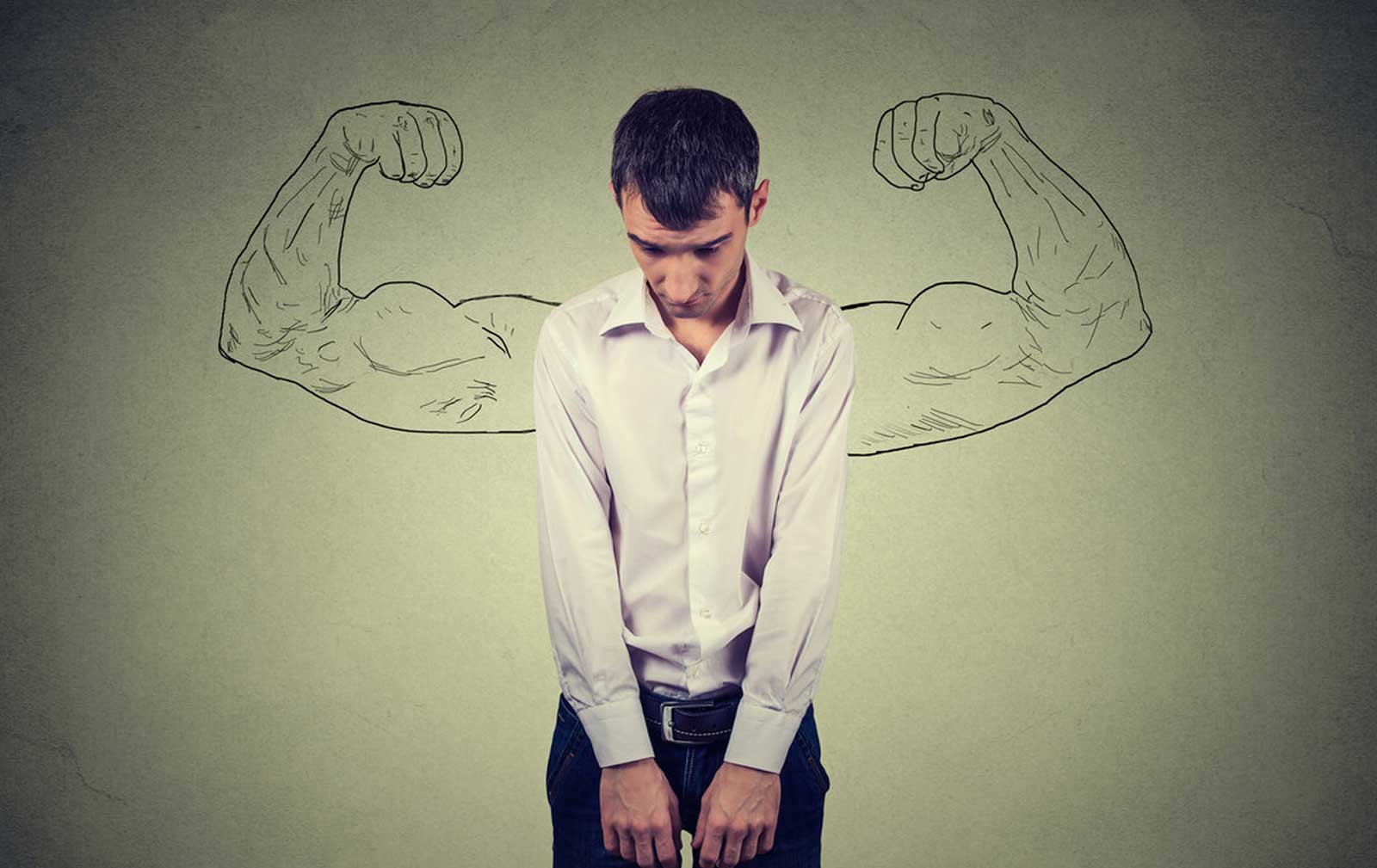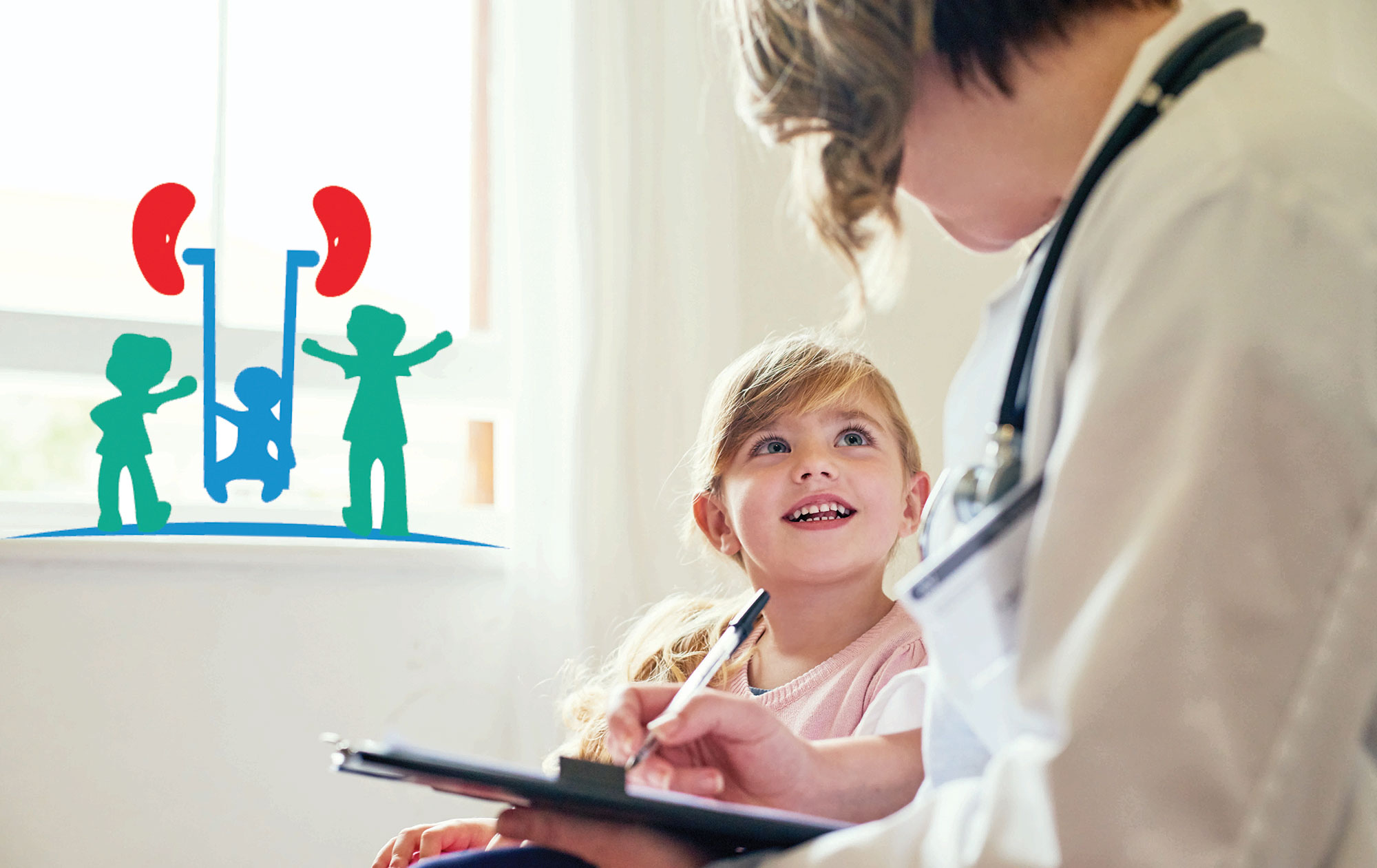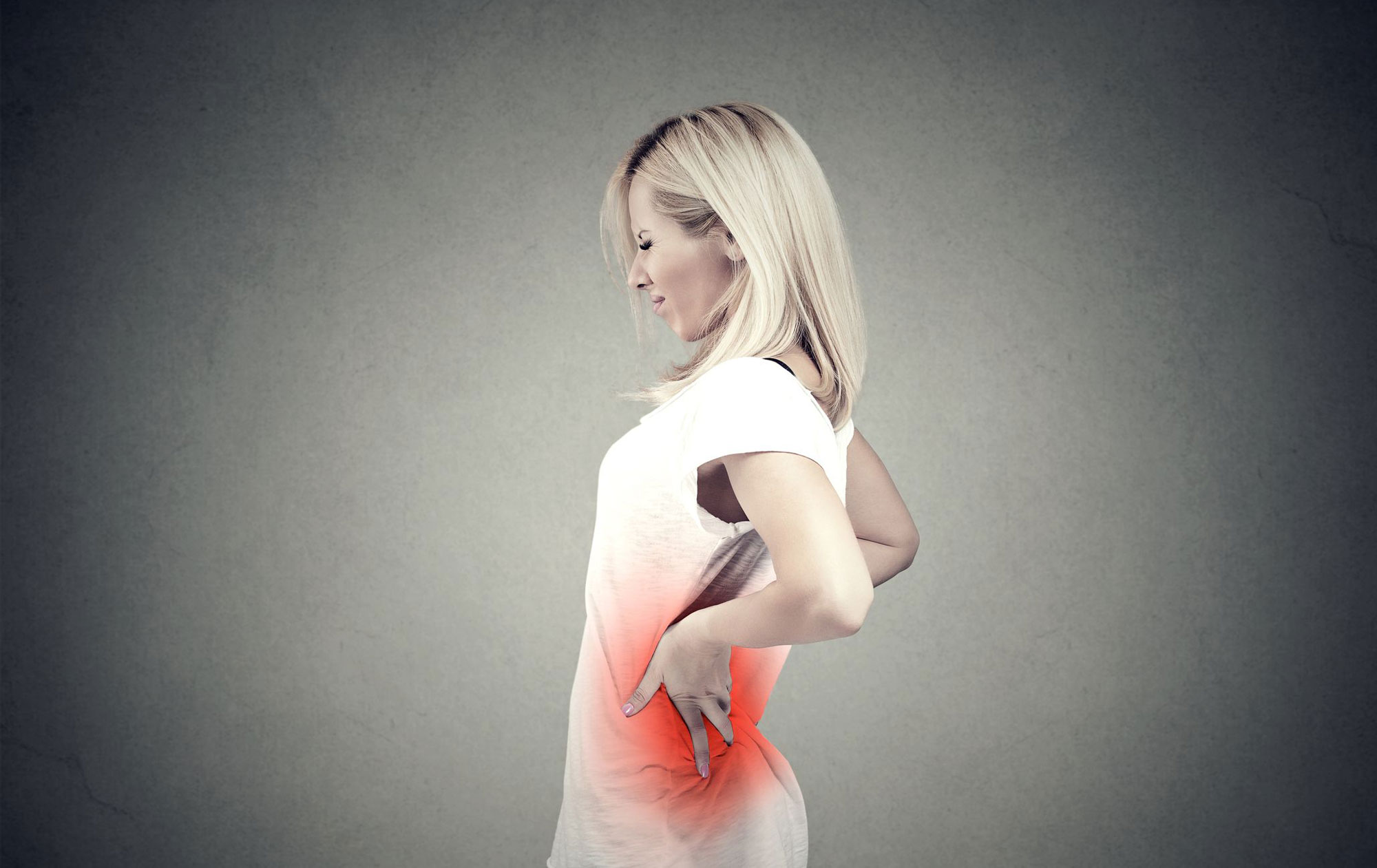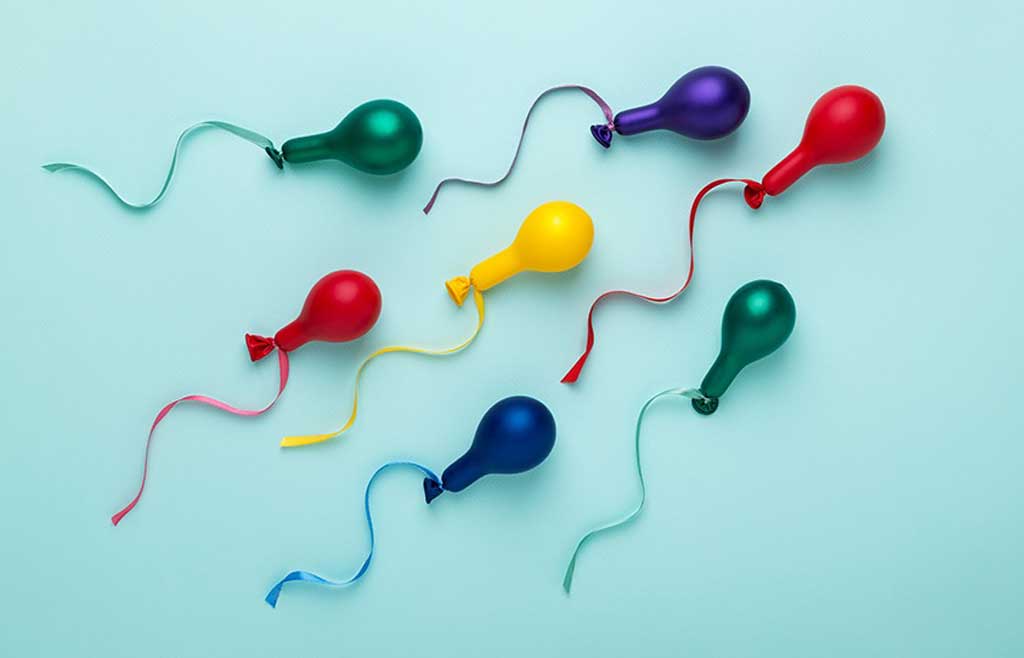
Male Hypogonadism
Hypogonadism is characterized by impaired testicular function, which may affect spermatogenesis and/or testosterone synthesis. The symptoms of hypogonadism depend on the degree of androgen deficiency and if the condition develops before or after pubertal development of the secondary sex characteristics.
- Primary (hypergonadotropic) hypogonadism due to testicular failure.
- Secondary (hypogonadotropic) hypogonadism caused by insufficient gonadotropin-releasing hormone (GnRH) and/or gonadotropin (FSH, LH) secretion.
- Androgen insensitivity (end-organ resistance).
Risk Factors
- Genetic factors
- some drugs and hormones
- anabolic steroids,
- Tumors
Treatments
Hormonal treatment
Human chorionic gonadotropin or GnRH is not recommended for the treatment of cryptorchidism in adulthood.
Surgical treatment
In adolescence removal of intra-abdominal testis (with a normal contralateral testis) can be recommended, because of the theoretical risk of later malignancy. In adulthood, a palpable undescended testis should not be removed because it still produces testosterone. Furthermore, correction of bilateral cryptorchidism, even in adulthood, can lead to sperm production in previously azoospermic men.
Reference: [↑]



